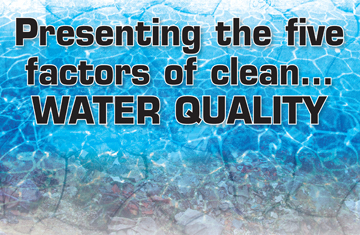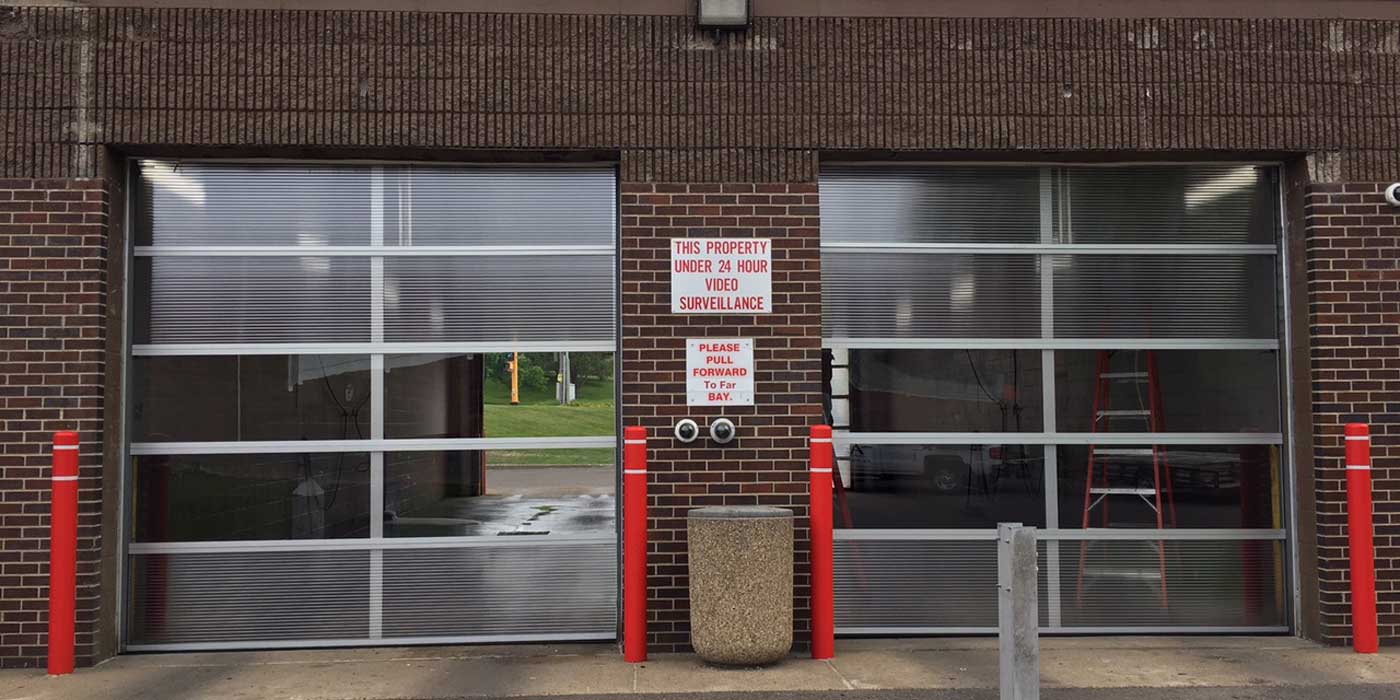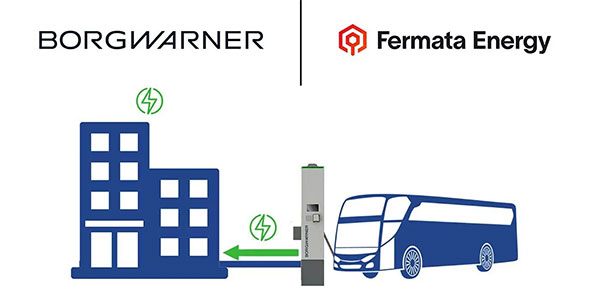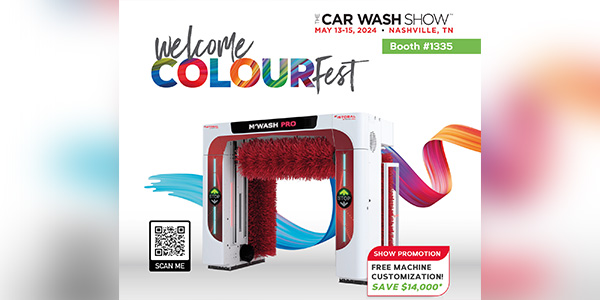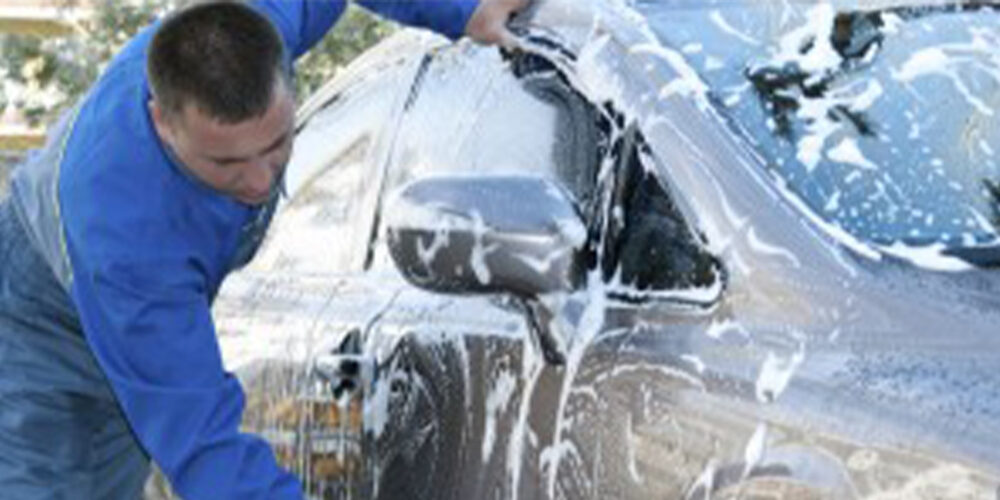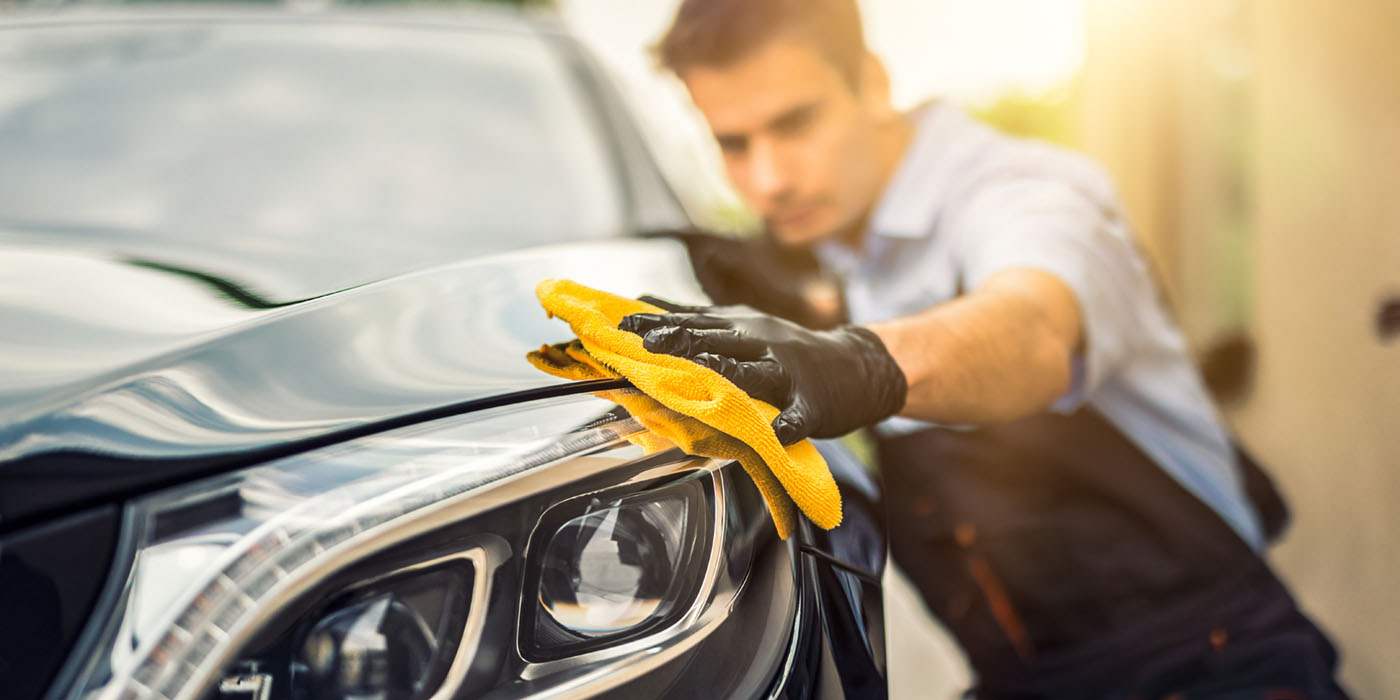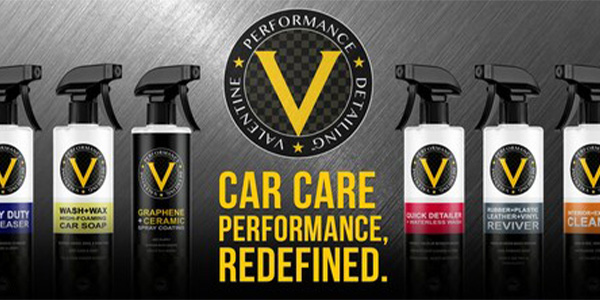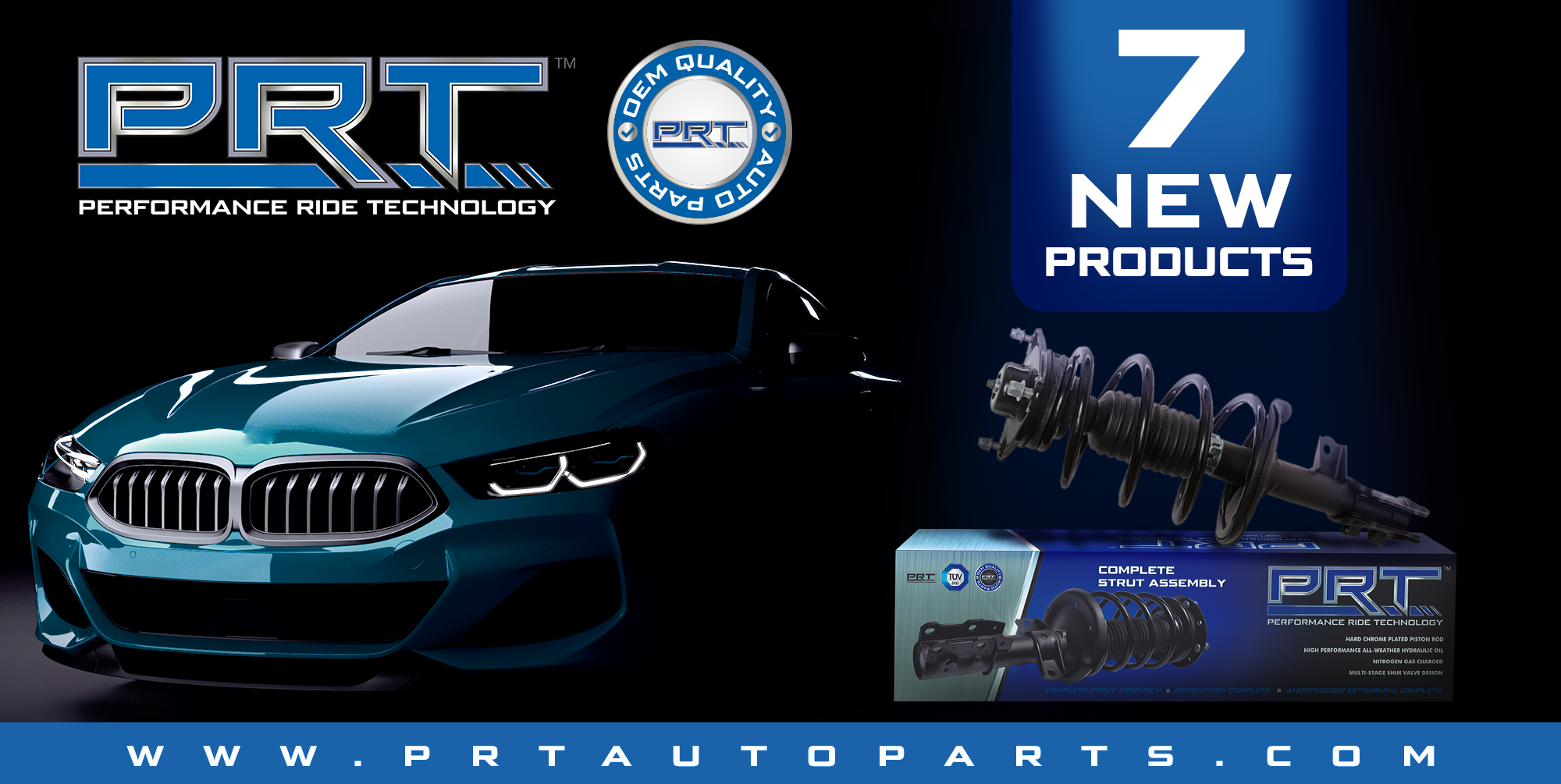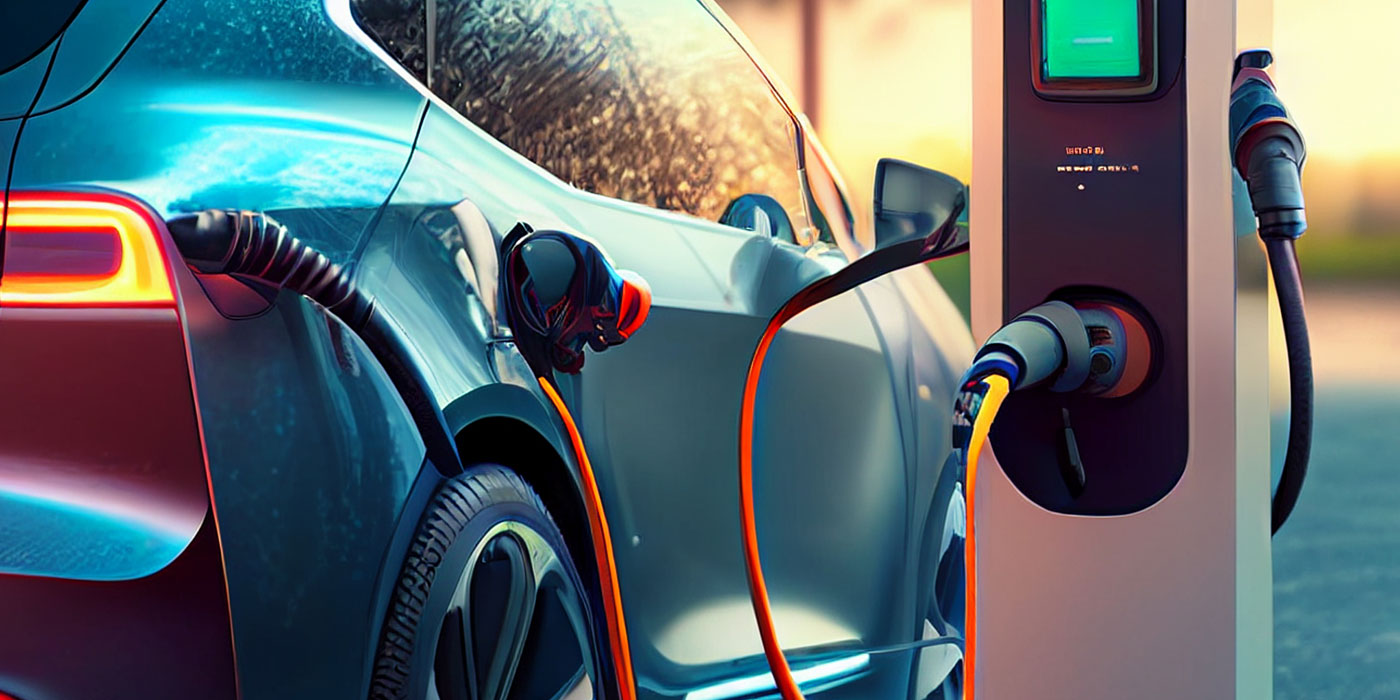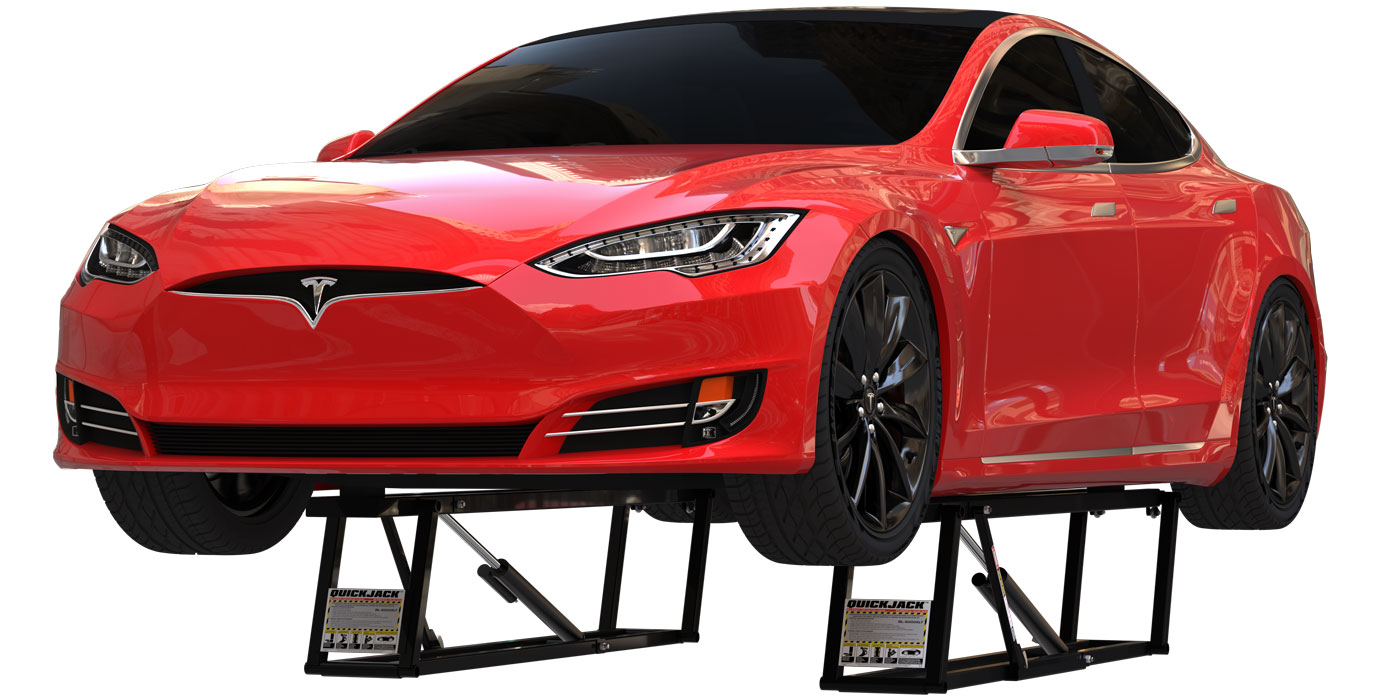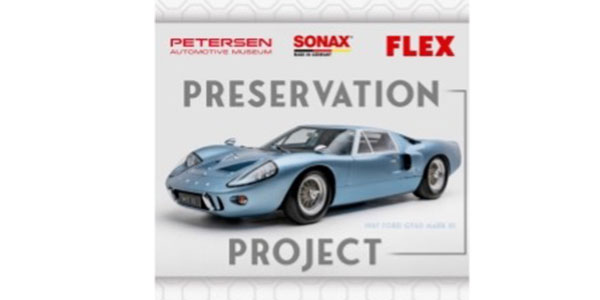There are many factors that affect the quality of your carwash. We have narrowed those factors into five key categories: Water quality, mechanical action, time, temperature and chemistry. Each factor plays an intricate role in providing your customers with a clean, dry and shiny vehicle. In this five-part series, which will continue in the next four issues of Professional Carwashing & Detailing, we are going to concentrate on each of the factors that affect wash quality. Extraemphasis will be placed on chemistry due to the complexity of modern vehicle wash solutions and the plethora of cleaning combinations.
With water quality, the two main concerns are water hardness and the TDS (total dissolved solids). Hard water has direct and negative effects on both foam and cleaning by destroying surfactants contained in most carwash detergents. Spot free water is often the last product applied to the vehicle and is primarily applied to provide a spotless finish. Good water quality is critical to meeting the carwash consumer’s high expectations and in building customer loyalty.
Water hardness
Water hardness is measured in grains per gallon of calcium carbonate. Calcium carbonate is a white, crystalline powder that is dissolved into natural waters as it flows over and through the ground. Certain minerals such as calcium and magnesium can combine with detergent ingredients decreasing their effectiveness and making it difficult to clean the vehicle’s surface. These minerals are often left behind on the surface blocking it from getting the clean that is needed.
The “Effects of hard water on soap” chart (pictured XX) shows how detergent cleaning is destroyed by water hardness. As a rule of thumb, there is a 5 percent loss in detergent effectiveness with every grain per gallon of water hardness. For frictionless cleaning, it is recommended that there is less than three grains per gallon with zero grains per gallon being ideal.
Another negative effect of hard water is that it can combine with and destroy the surfactants that create foam. A poor foam level directly and negatively affects the consumer’s perception of the quality of a wash. A great consumer experience is the cornerstone of many successful chains’ value propositions. Proper water quality is critical to a consistently great wash experience.
You can test the levels of water hardness by using a water hardness titration kit. You can normally purchase a titration kit through your chemical supplier. Performing titrations is really a simple task. Simply follow the detailed instructions included in each kit. We recommend testing water hardness at a minimum of once a week. In addition, it is appropriate to perform tests at different times of the day to ensure your softening system is performing to standard through the range of your production hours.
TDS (Total dissolved solids)
The other important concern with water quality is the TDS (total dissolved solids). TDS is a measure of all inorganic and organic substances dissolved in the water. High measurements of TDS generally indicate hard water and, as mentioned before, hard water hinders the detergent’s cleaning ability.
TDS is measured in parts per million (ppm) or mg per liter. TDS usually does not affect cleaning unless it is very high, over 1,500 ppm. It is important that the final rinse water applied to the vehicle is low in TDS because when water evaporates from the surface it leaves the dissolved solids behind, which can be visible as spots or a haze on the surface.
It is generally found that spotting can occur and be unacceptable if the TDS is 20 ppm or greater. Acceptable water quality for the final rinse should be less than 20 ppm and ideally less than 10.
Reverse osmosis
The best method for creating spot free water for a carwash is called reverse osmosis or RO. Reverse osmosis is the process in which pure water is produced by forcing water with TDS through a semi permeable membrane, which allows the water to pass through but not the dissolved solids. Reverse osmosis reduces the amount of spotting at the end of the wash producing a spot free water cycle in the final rinse.
There are many different RO systems and membrane types available so work with an expert to best determine which system is right for your wash. If you are starting with water that is high in total hardness you will probably need to soften the water before it is treated by the RO system to prevent scale formation on the membranes. You also need to make sure that the capacity is enough for the max number of cars you can wash to ensure that you do not run out of this important spot free rinse water.
How do these systems work? Once the water enters a system, it is pressurized to pass through a membrane or a bladder. The membrane allows water to pass through but doesn’t allow for small particles to pass. This filtered water is passed into the storage tank while the particles are flushed out. This process converts the high TDS water to low TDS water, which is ideal for a spot free rinse.
This RO process is slow, so a storage tank is needed to ensure sufficient water is on hand for the rinse process while the remaining very high TDS is discarded when needed.
Water quality is one of the key five factors of cleaning that can support your goal in the wash process to achieve the clean that your consumers are looking for, but that is just one factor in cleaning.
Part two of the series will focus on mechanical action and will be featured in the March issue of Professional Carwashing & Detailing.
Ryan Cook is assistant vice president of Lustra™Professional Car Care Products.

